Bias is defined as a prejudice in favour for or against one thing, person, or group compared with another, usually in a way considered to be unfair.
I was just reading about the many forms of bias, particularly in light of several references to gender pay inequality that has been in the news recently. That is to say that in 2018, women still earn 80 cents on the dollar compared to a man, for doing the same work. Bias(es) are what influences this type of situation and there are many forms. If you just look at Statistical Bias, you'll find 20 or more types that influence the way studies are done. Or look at the latest phenom of KPop, where they use the term "Ultimate Bias" and "Bias Wrecker" to describe aspects of a fan's favourite singer or, for the latter term, another singer that catches their eye and makes them question the first choice (really? teeny boppers...sheesh!)
Seriously though, biases that we may have, conscious or unconscious, are certainly not limited to ethnicity and race, though racial bias and discrimination is well documented. Biases may exist toward or from any social group, factoring in a person's age, gender, gender identity, physical abilities, religion, sexual orientation, weight, and many other characteristics which are subject to bias.
For the sake of this discussion though, we'll talk about two aspects, those being "conscious" and "unconscious" bias.
They are human nature, so like it or not, everyone experiences them to a degree. But, since they're learned behaviours, we can be aware of them and understand them, and therefore they can be managed effectively.
Conscious bias is when we make a decision or impression about people or things based on what we have seen and/or interacted with before.
I read an article that used the analogy of Henry Ford's refusal to hire people who seasoned their food with salt before tasting it, a good example of conscious bias.
Unconscious bias, on the other hand, are bias created by backgrounds, personal experience, social stereotypes and cultural influences that occur without us actually realizing it is happening.
Of course, unconscious bias is a natural and necessary part of being human. It also affects our ability to make logical decisions and one can easily see how this can create issues when it comes to personal life or business decisions.
In the case of business and professional relationships, think about things like Authority Bias, where we place greater importance to the opinion or direction given by an authority figure. Not to discount that opinion or direction, but to accept it blindly, without question, is dangerous and could have a negative impact on a business.
And what about Affinity Bias? We naturally align ourselves with people who are like us but if everyone is more or less the same, you'll possibly end up with some narrow or less diverse perspectives. In the case of a business, this affinity bias is quite common, particularly for 'culture based' companies, yet diversity tends to lead to better employee retention and better financial reports.
Of course, Affinity Bias can also lead to the pack mentality and the pressure to conform, another dangerous situation arising when people are all the same. If no-one feels comfortable speaking out and expressing ideas or suggestions, then great things get lost because they never get expressed.
Then there's the danger of things like Confirmation Bias, whereby a person believes in or searches for evidence to support his or her favoured theory while ignoring or excusing disconfirmatory evidence and is disinclined to change his or her belief once he or she arrives at a conclusion. This particular bias has been the cause of many a wrongful conviction case in criminal law.
Which now leads us to the topic of Anchoring, whereby a person depends too much on the first piece of information they receive when making a decision. In business, this can translate to how a first impression on an employee, or the first idea, price or estimate we receive, regardless of what information comes after the other facts.
Several key steps to implement in order to avoid bias?
- Use a process
- Start with a clean slate
- Challenge the status quo
- Seek multiple perspectives
- Search for more information and data
- Play "Devil's Advocate"
- Reflect on your own views and values
Ask 3 key questions.
- What are the influences of biases based on self-interest, overconfidence, and/or attachment to past experiences, as it is realistically improbable for them not to be factors
- Are the ideas presented for the decision making process put forth because the presenters have fallen in love with them and been influenced by the idea ( i.e. confirmation bias)
- Was there a 'groupthink' approach to the ideas, or were there dissenting or opposing views to what was under discussion
Don't limit the possibilities for great ideas or decisions!
Uncover the various
potential problems,
challenges &
opportunities/organizational goals.
Select the most
critical problems,
challenges and/or
opportunities, then prioritize.
Create a
multitude of
potential
solutions
Choose the
solution(s) that
has the potential
to be the most
effective.
Translate your
solution(s) into
an effective
implementation
plan.

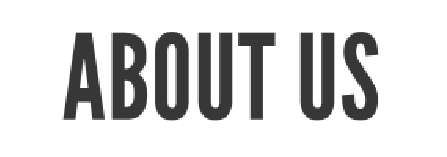

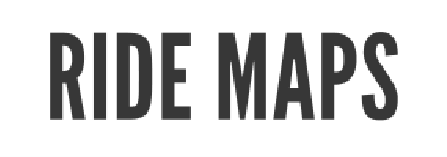
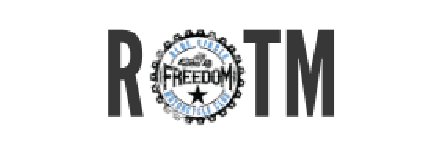
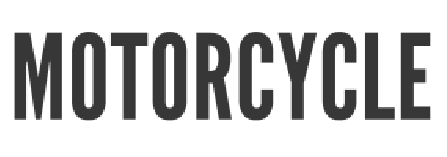
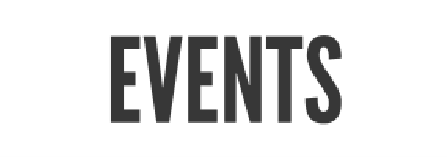



No comments:
Post a Comment